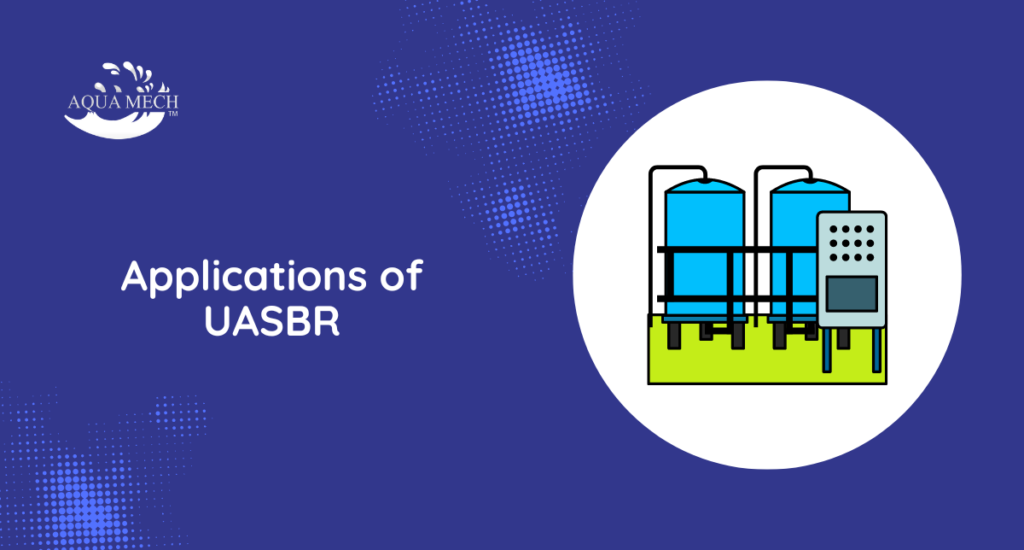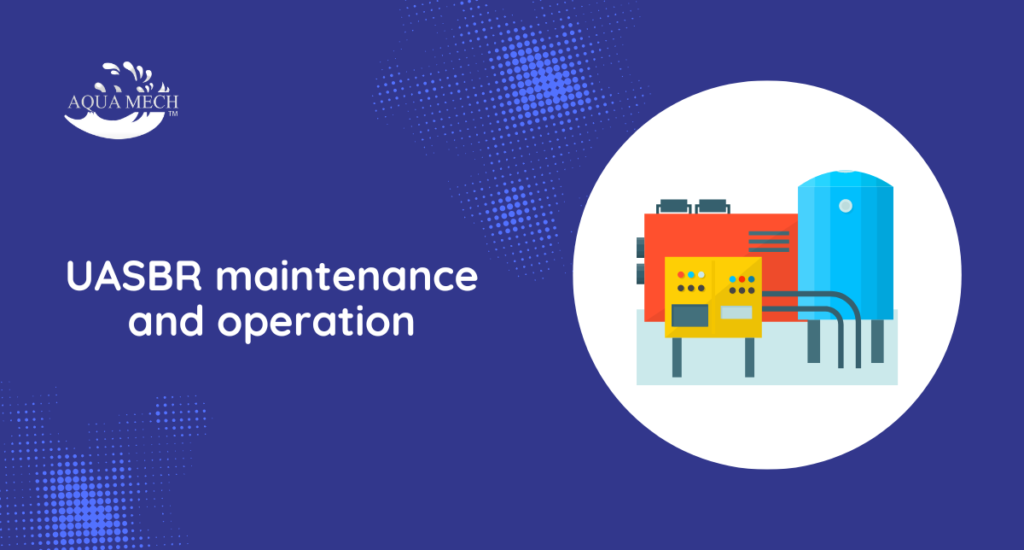Physical Address
304 North Cardinal St.
Dorchester Center, MA 02124
Physical Address
304 North Cardinal St.
Dorchester Center, MA 02124

The Upflow Anaerobic Sludge Blanket Reactor (UASBR) technology was first developed in the 1970s as a way to treat high-strength wastewater in a more efficient manner than traditional wastewater treatment methods.
The technology was pioneered by Dr Gatze Lettinga, a Dutch environmental engineer who recognized the potential of anaerobic treatment of wastewater.
The UASBR technology consists of a tall, cylindrical tank filled with sludge, which is designed to allow wastewater to flow up through the sludge bed, creating an anaerobic environment where microorganisms can break down the organic matter in the wastewater. The sludge bed acts as a filter, removing the organic matter and producing biogas as a byproduct.
The UASBR technology quickly gained popularity in the 1980s as a cost-effective and efficient method for treating wastewater in developing countries, where infrastructure was limited and traditional wastewater treatment methods were not feasible.
The technology was also used in industrial applications, such as the treatment of brewery and distillery wastewater.
Over time, improvements were made to the UASBR technology, including the addition of baffles to enhance treatment efficiency, and the use of recirculation to maintain a consistent flow of wastewater through the reactor.
The technology has also been adapted to treat a wider range of wastewater types, including municipal wastewater, agricultural wastewater, and landfill leachate.
Today, the UASBR technology remains a popular method for wastewater treatment, particularly in developing countries where infrastructure is limited and cost-effectiveness is a priority.
It is also used in industrial applications where high-strength wastewater is produced, and in biogas production for renewable energy.

The process involves introducing wastewater at the bottom of a reactor tank that contains an anaerobic sludge blanket, which breaks down the organic matter and produces biogas as a byproduct.
The UASB reactor tank is a vertical cylindrical vessel with an influent distribution system at the bottom. The tank is filled with anaerobic sludge, which is a dense population of microorganisms that forms a blanket at the bottom of the tank.
The influent wastewater is introduced at the bottom of the reactor and flows upward through the sludge blanket. As the wastewater passes through the sludge blanket, the microorganisms break down the organic matter and convert it into biogas.
The sludge blanket in the UASB reactor plays a crucial role in the treatment process. It serves as a medium for the microorganisms to grow and attach to and provides an environment that allows them to function optimally.
The sludge blanket also acts as a filter, removing solids and other impurities from the wastewater as it passes through.
Biogas production is a key feature of the UASBR process. The biogas produced in the reactor is primarily composed of methane and carbon dioxide, which can be captured and used as a renewable energy source.
Biogas utilization can help offset energy costs and reduce greenhouse gas emissions, making the UASB process an environmentally friendly wastewater treatment option.
The UASB process is an efficient and cost-effective method for treating the organic matter in wastewater.
Its ability to treat a wide range of wastewater streams, low-energy requirements, and renewable energy production make it an attractive option for many communities and industries seeking sustainable wastewater treatment solutions.


The Upflow Anaerobic Sludge Blanket Reactor (UASBR) process offers several advantages over other wastewater treatment methods. Here are some of the advantages of using the UASBR process:


UASBR (Upflow Anaerobic Sludge Blanket Reactor) maintenance and operation are crucial for effective wastewater treatment. Regular monitoring and maintenance are necessary to ensure optimal performance and prevent operational issues.
Common operational issues and how to address them:
Best practices for UASBR system operation:

In the field of wastewater treatment, choosing the right technology is crucial to ensure that wastewater is treated effectively and efficiently while minimizing its impact on the environment.
Upflow Anaerobic Sludge Blanket Reactors (UASBR) and aerobic treatment systems are two common types of wastewater treatment technologies that are utilized for different types of wastewater.
Here, we will compare and contrast UASBR with aerobic digestion systems as well as with aerobic treatment systems, highlighting their respective advantages and limitations.
By comprehending the differences between these technologies, industries, and municipalities can make informed decisions about which system is best suited for their specific wastewater treatment needs.
Comparison between UASBR and aerobic treatment systems:
UASBR:
Aerobic Treatment Systems:
Comparison between UASBR and other anaerobic treatment systems:
UASBR:
Uses an up-flow design where wastewater enters from the bottom and flows upward, allowing solids to settle at the bottom
Typically requires a longer start-up period to establish a healthy population of anaerobic bacteria within the reactor
Can handle high-strength wastewater, such as industrial effluent, and is relatively easy to operate
Produces biogas as a byproduct, which can be used as a source of renewable energy
Less efficient in removing nitrogen and phosphorus compared to aerobic treatment systems
Other Anaerobic Treatment Systems:
Different designs include horizontal flow, expanded granular sludge bed (EGSB), and anaerobic baffled reactor (ABR)
Can be more efficient in removing nitrogen and phosphorus compared to UASBR
May be more suitable for specific types of wastewater, such as wastewater with high concentrations of fats, oils, and grease (FOG)
Produces biogas as a byproduct, which can be used as a source of renewable energy
Some designs may require more complex operation and maintenance compared to UASBR
Ultimately, the choice between UASBR and other anaerobic treatment systems depends on the specific wastewater treatment needs of a given industry.
Factors such as treatment efficiency, energy requirements, and space limitations should all be considered when selecting a wastewater treatment technology.
UASB technology has the potential for future development and improvement. Ongoing research and development can further enhance the efficiency of UASB technology in treating wastewater, increasing its application in industries and municipalities.
For instance, the use of innovative materials and coatings can increase the lifespan of UASBR reactors, while process optimization can further reduce energy consumption and enhance the quality of treated wastewater.
In conclusion, UASBR technology is a valuable tool for sustainable wastewater management, providing an eco-friendly, efficient, and cost-effective alternative to traditional wastewater treatment systems.
With its potential for future development, UASBR technology has a promising future in the field of wastewater treatment and management. Its continued use and improvement can contribute to a cleaner environment, reduce greenhouse gas emissions, and foster a more sustainable future.
Aquamech offers top-of-the-line water treatment solutions, including Upflow Anaerobic Sludge Blanket Reactors (UASBR), for sustainable wastewater management.
Our expert team can design, build, and maintain UASBR systems that meet your unique wastewater treatment needs.